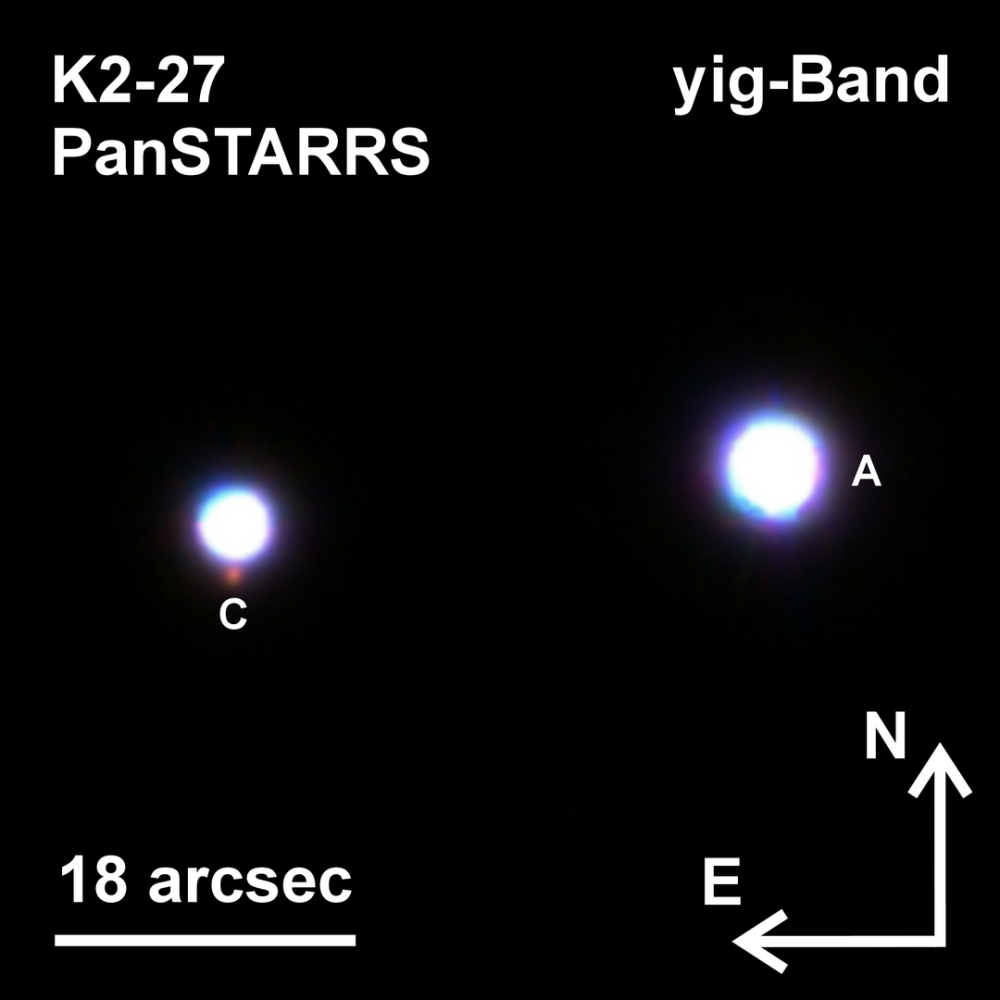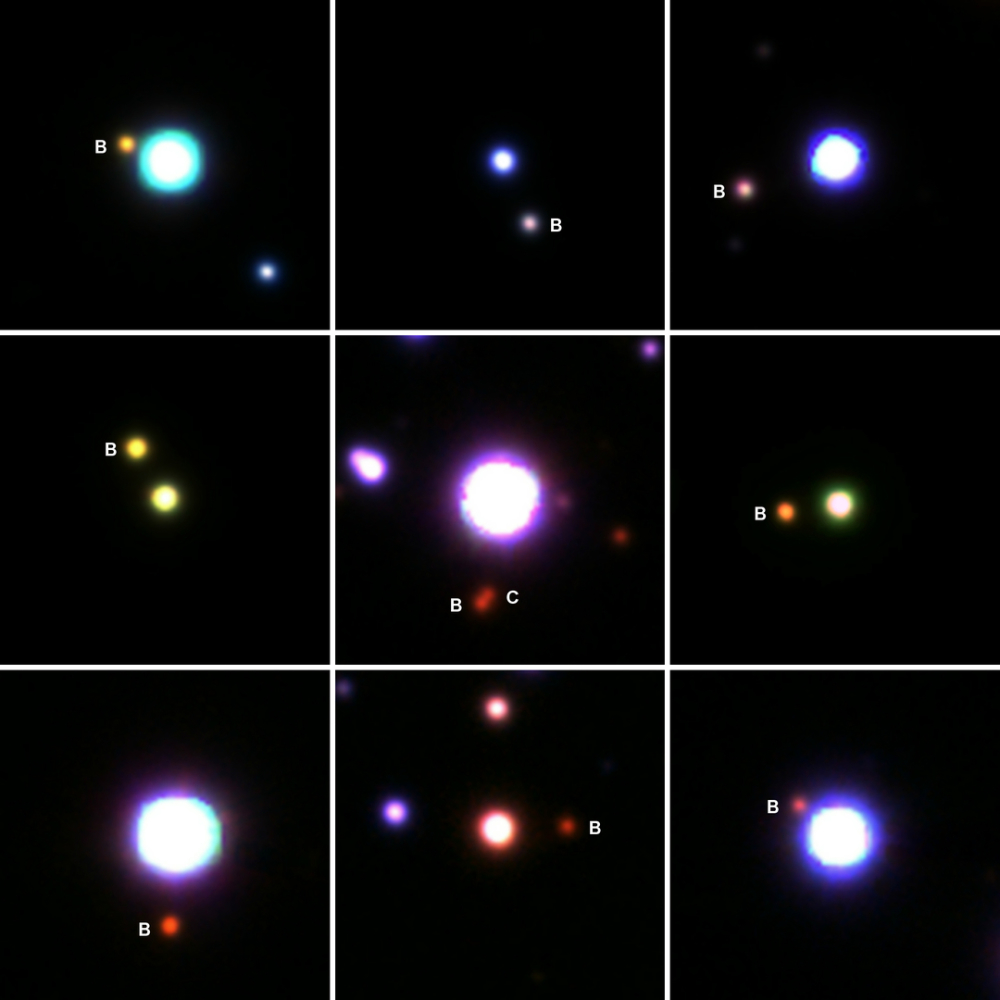How exoplanets develop in multiple-star systems
In the novel, “The Three-Body Problem,” a civilization that developed in a system with three stars plays an important role. This situation has dramatic consequences for the civilization’s planet, which I don’t want to spoil for you. I was reminded of the novel when I read a press release of research work at the University of Jena. Dr. Markus Mugrauer, an astrophysicist there, examined 1300 known star systems with exoplanets to determine how many stars there were within these systems. To do this, he used the most up-to-date version of the data from the ESA Gaia Mission.
A clever approach that also produced some interesting insight into how the existence of multiple stars in a system affected the development of planets. In our Solar System, for example, the existence of a second Sun would have undoubtedly had dire consequences for humankind.
“Multiple star systems are very common in our Milky Way,” explains Mugrauer. “If such systems include planets, they are of particular interest to astrophysics, because the planetary systems in them can differ from our Solar System in fundamental ways.” For example, in the examined planetary systems, Mugrauer found a total of 200 companion stars. Most of these systems are double stars. However, the researcher also found two dozen triple star systems and even a quadruple star system. Planetary systems have companion stars only half as frequently as would usually occur for stars of these sizes, however, and the companion stars also have considerably large orbits from the main central star.
“These two factors taken together could indicate that the influence of several stars in a star system disrupts the process of planet formation as well as the further development of their orbits,” says Mugrauer. The cause for this could be, at first, the gravitational interaction of the companion stars on the gas and dust disks in which planets form. Later, the gravitational fields of the companion stars disrupt the motion of the planets around their host stars.
Overall, Mugrauer found astonishing variability in his study. In some systems, two stars were only 20 astronomical units away from each other (about the distance of Uranus from the Sun), while in others, the distance between the stars was 9000 AU. The heaviest companion stars were 1.4 Solar masses; the lightest were only eight percent the mass of the Sun. Most were red dwarfs, but there were also a few white dwarfs, the remnants of a burned-out star. This shows that planets can indeed survive the demise of a nearby star.



